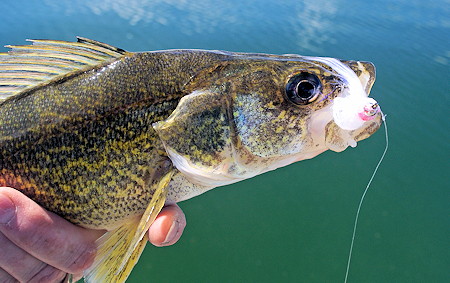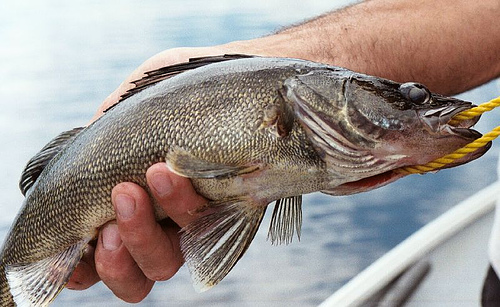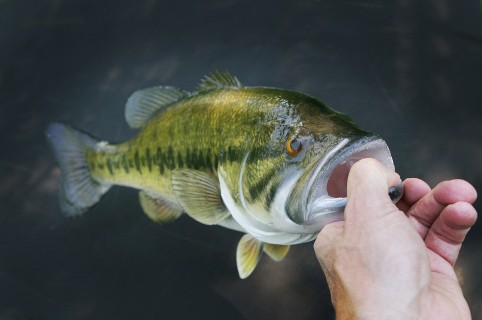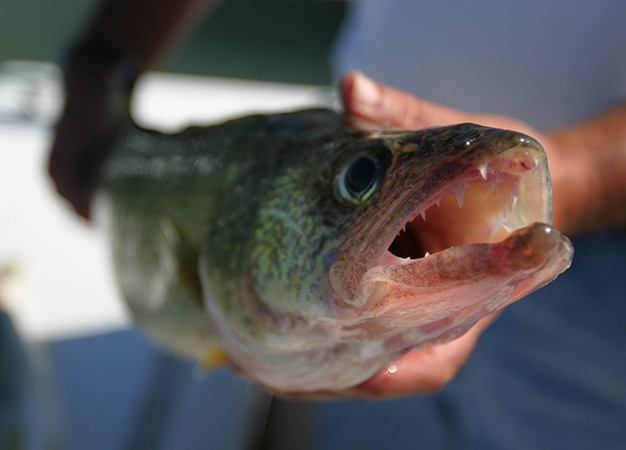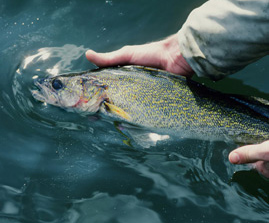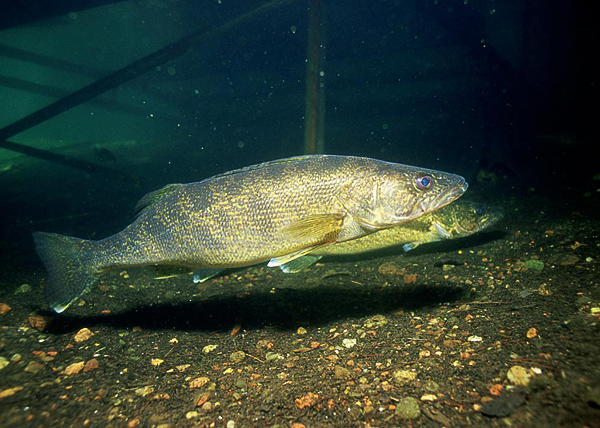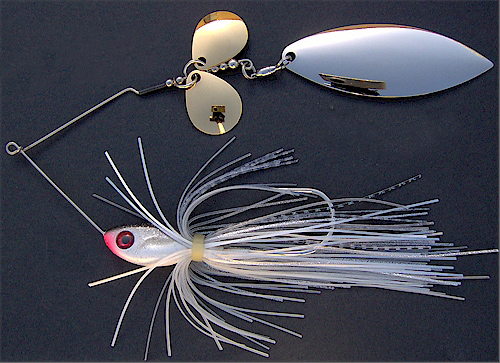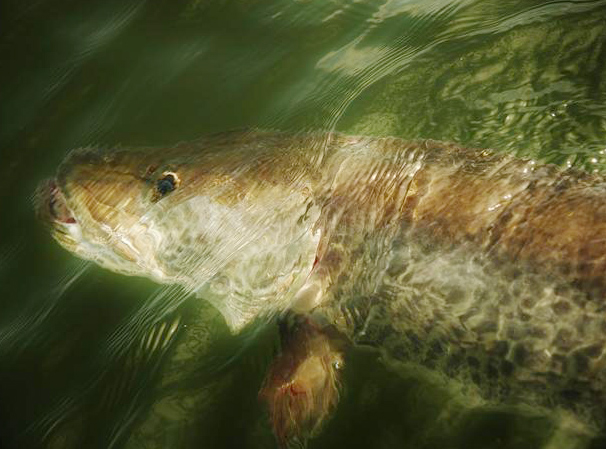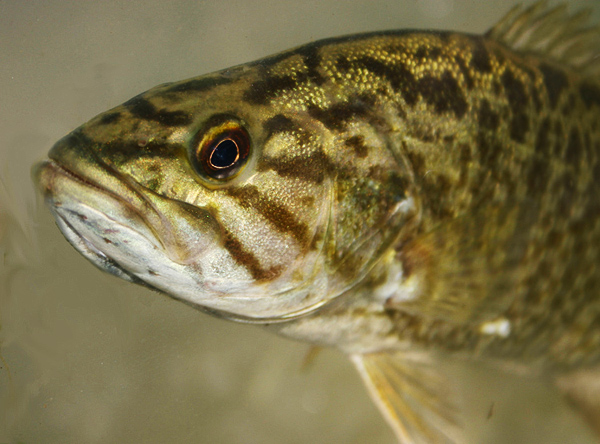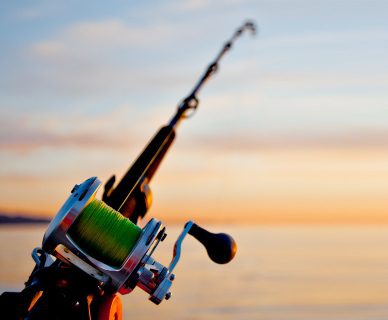The ability to make a jig or crankbait glow has revolutionized the way people fish, most notably in cases such as ice fishing for walleye. Factors such as shorter days, snow, increased cloud cover and snow drifts play a part in decreasing the visibility and water clarity for the walleye.
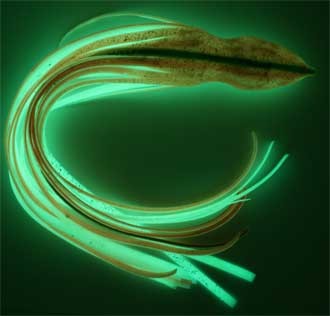 As our technology to make bait glow improve, all sorts of new questions can arise… Just how bright should the glo-lures be? How long do they glow for? Are they better than regular jig heads for Walleye? Why are certain colours more important than others? and just how much of the presentation should be glowing?
As our technology to make bait glow improve, all sorts of new questions can arise… Just how bright should the glo-lures be? How long do they glow for? Are they better than regular jig heads for Walleye? Why are certain colours more important than others? and just how much of the presentation should be glowing?
The main idea when using glow on your lures is so they can produce the best colour possible for the fish to notice. This is even more important during low-light periods, such as night time and also in deep waters, while ice fishing is also another excellent example. Basically, anytime you are fishing below the light penetration point it’s good to use glow, and the light penetration point is never far from the surface during winter icefishing.
Glow works mainly as an attractor and, because of this, different colours are better suited to different water clarities. Red glow tends to work in particularly clear water, whereas the original multi-purpose glow works well in just about any water clarity.
Just like traditional jig heads certain lakes favour certain colours. Generally speaking, the non-glow colour that is most visible in open water is the colour that is most likely reflected off bait fish in the area.
The major colours available that glow are: pink, red, charteuse, lime, green and original glo. Lures such as Super-Glo Goldfish, which only glow around the eye, seem to work especially well in stained waters, due to the fact that the gold colouring reflects so well. Because the glow is subtle it also works well for fish that feel pressured.
A study preformed by researcher Warren Zaren on a wide variety of glow jigs, where he exposed the jigs individually to a 40 watt light bulb for the same amount of time in a dark room, showed that most of the lures advertised to glow in various other shades still glowed in the same green phosphoescent colour. There were only a few jig heads that truly displayed a red glow around the eyes, and these jigs could not be charged with a 40-watt light bulb.
It was also discovered that the red glow would only last for approximately 8 to 12 minutes, after being charged with a strobe light. All other products lasted for approximately 38 to 45 minutes, after being charged with just a 40-watt light bulb.
It was also discovered that some companied jigs and spoons would glow brighter than their counterparts, given the same duration of charge.
Companies are now selling bottles of glow paint so you can add glow to both hard and soft lures at home.
A tip for masking the intensity of your glowing bait would be to partially cover it while you let it charge. In clear water, effort to modify the glow should be taken as fish can see from a greater distance. In cloudy or muddy water, however, you would like the glow to remain intense because the particles in sediment laiden water tend to light up slightly as well, thus putting your lure on display for fish how normally hunt without eyesight.
However, with pressured fish who are sick of having little glowing things shoved in their faces, hiding the presentation all together might be best.



